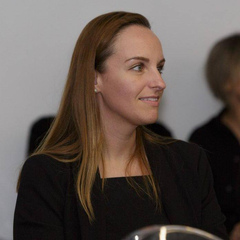Я трогала коз возле хутора Причудья. У них такие нежные тёплые рожи. Мордочками не поворачивается язык это назвать, простите. Еще обнаружилось, что коза блеет всей козой: аж вымя подбирается. Но таллиннский суп с тыквой и копченым козьим сыром - это совершенно не мое, до сих пор подташнивает вспоминать. Осторожнее с ним, если будете здесь, на вид он как тыква, а на вкус - как бекон. Хотя нет там бекона. Нет его. А сами козы - да. Козы - отлично. Не говоря уже о том, что эстонский Музей под открытым небом (где козы) позволяет составить полностью представление об градиенте архитектуры жилой постройки в нашем макрорегионе (Северная и Балтийская Европа, Северо-Западная Россия). Дело в том, что на Сааремаа и Муху эстонцы строят немного как шведы, на юге - немного как латыши, на севере есть финские элементы, а на востоке живут и вовсе отдельные народы: сету и чудь, которые не русские, не эстонцы, не финны и не латыши, а потому и архитектура у них как бы русская, и как бы эстонская, и как бы и нет. Удивительно прямо: на Муху каменные дома с дыханием Готланда и даже Исландии слегка (а еще бы не), а в Сетумаа и Причудье - славянские наличники, коньки крыш, ставни и православные иконы.
I touched the goats near the quack farm. They have such gentle warm faces. Muzzle does not turn the language to call it, I'm sorry. It was also discovered that the goat bleats the whole goat: as much as the udder is selected. But Tallinn soup with pumpkin and smoked goat cheese is not mine at all, it is still nauseous to remember. Be careful with him, if you are here, he looks like a pumpkin, and tastes like bacon. Although there is no bacon there. He is not here. And the goats themselves - yes. Goats are great. Not to mention the fact that the Estonian Open Air Museum (where the goats) allows you to fully understand the gradient of architecture of residential buildings in our macro-region (Northern and Baltic Europe, North-West Russia). The fact is that Estonians build a little like Swedes in Saaremaa and Mukha, a little like Latvians in the south, there are Finnish elements in the north, and separate peoples live in the east: Setu and Chud, who are not Russian, not Estonians, not Finns and not Latvians, and therefore their architecture is, as it were, Russian, and, as it were, Estonian, and, as it were, not. It is surprisingly straightforward: on Mukha stone houses with the breath of Gotland and even Iceland are slightly (but still not), and in Setumaa and Prichudye - Slavic architraves, skates of roofs, shutters and Orthodox icons.
У записи 2 лайков,
0 репостов.
0 репостов.
Эту запись оставил(а) на своей стене Наталия Киеня























